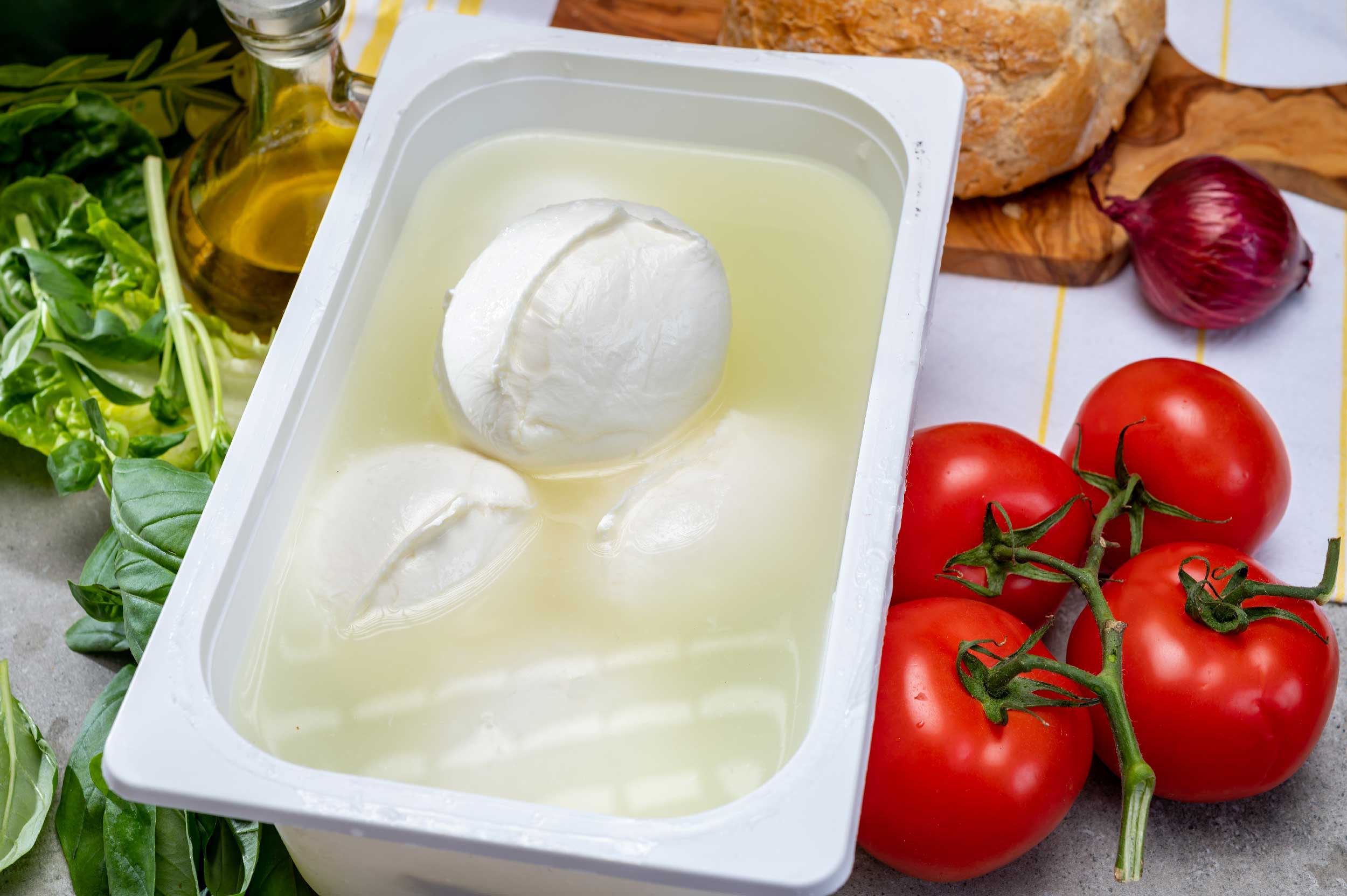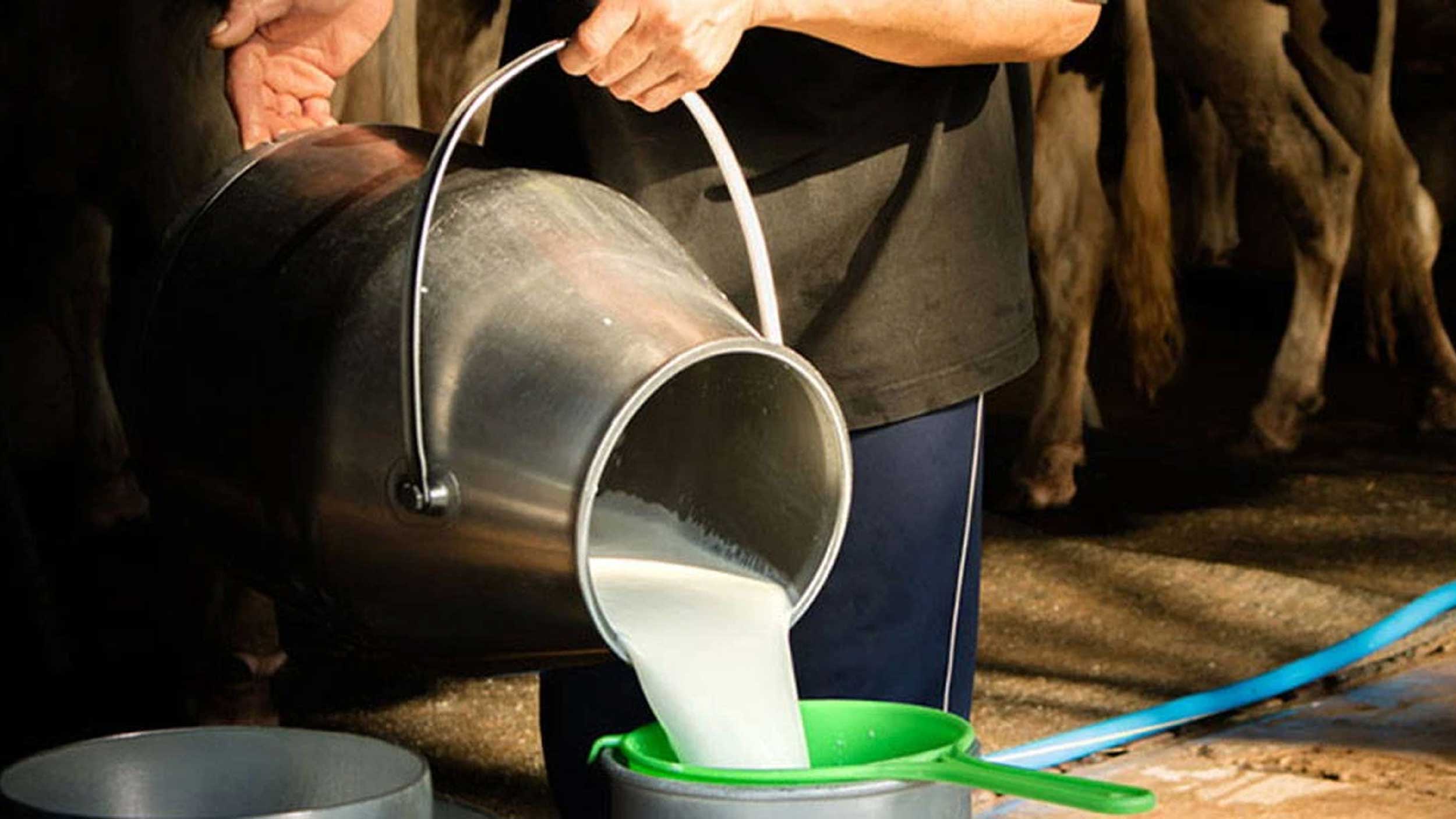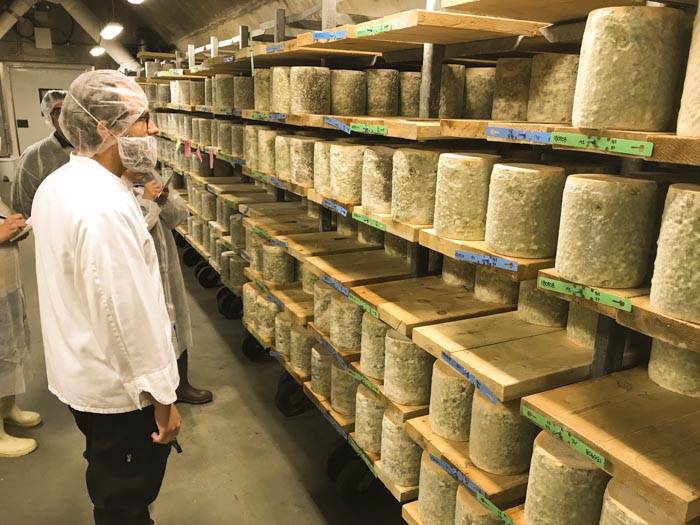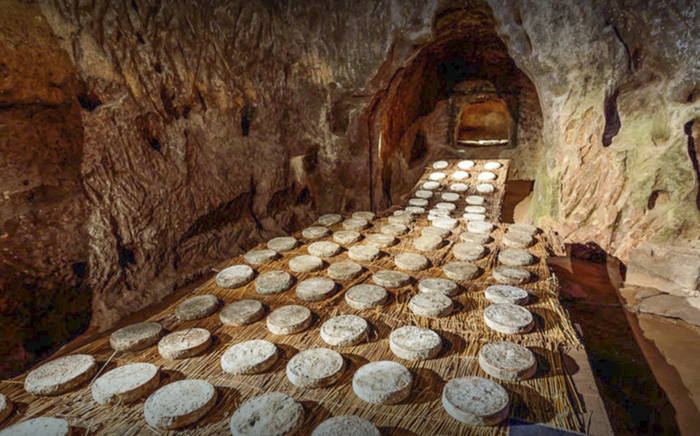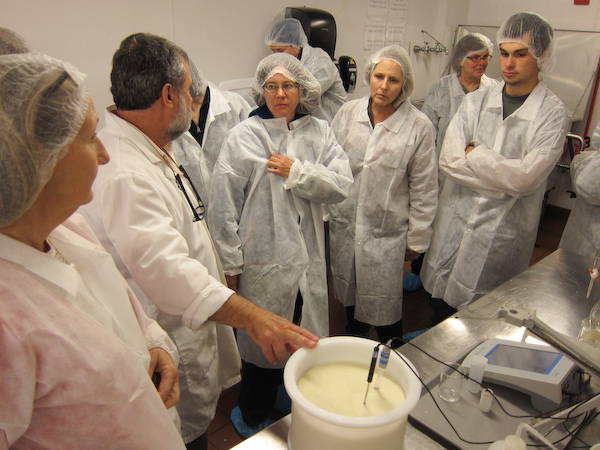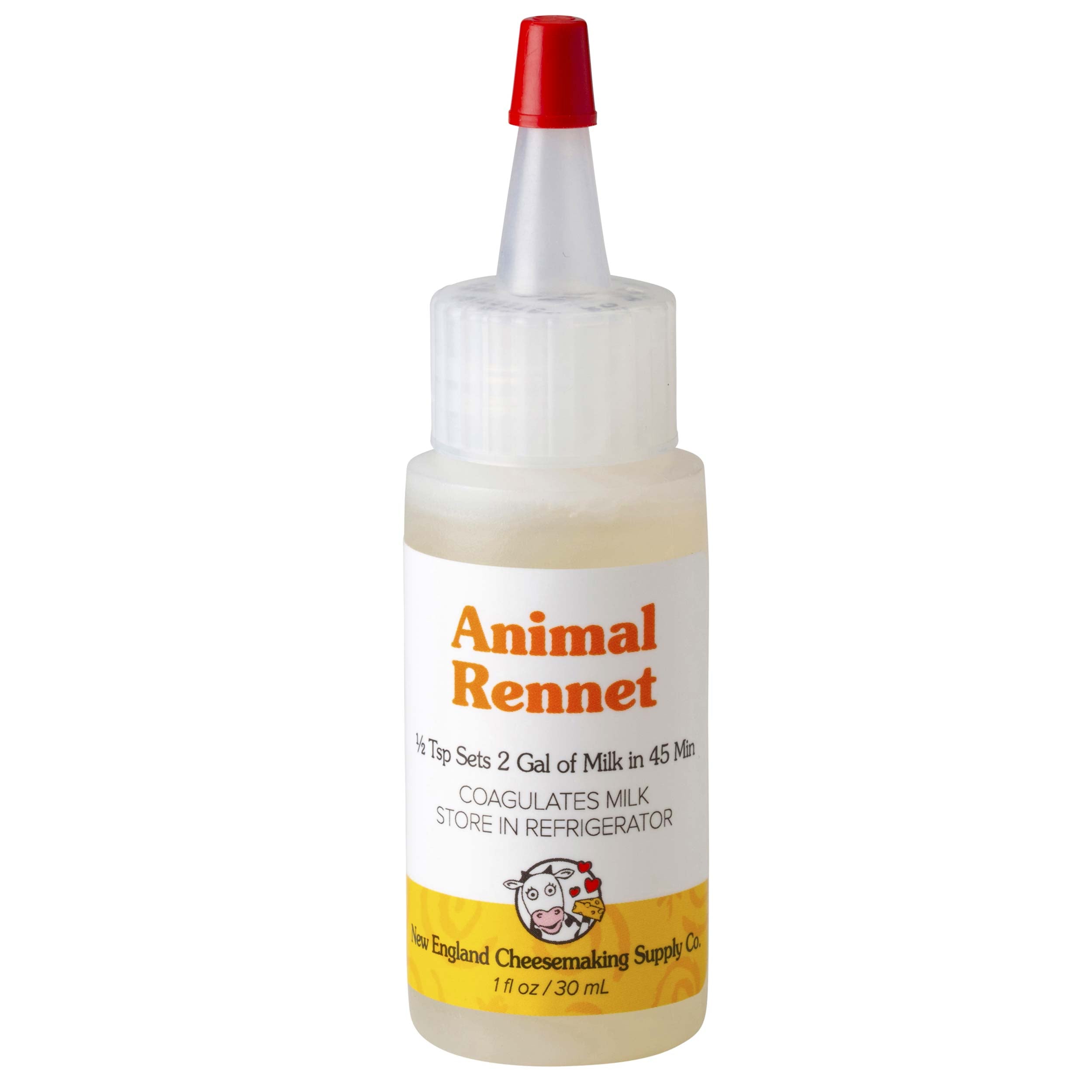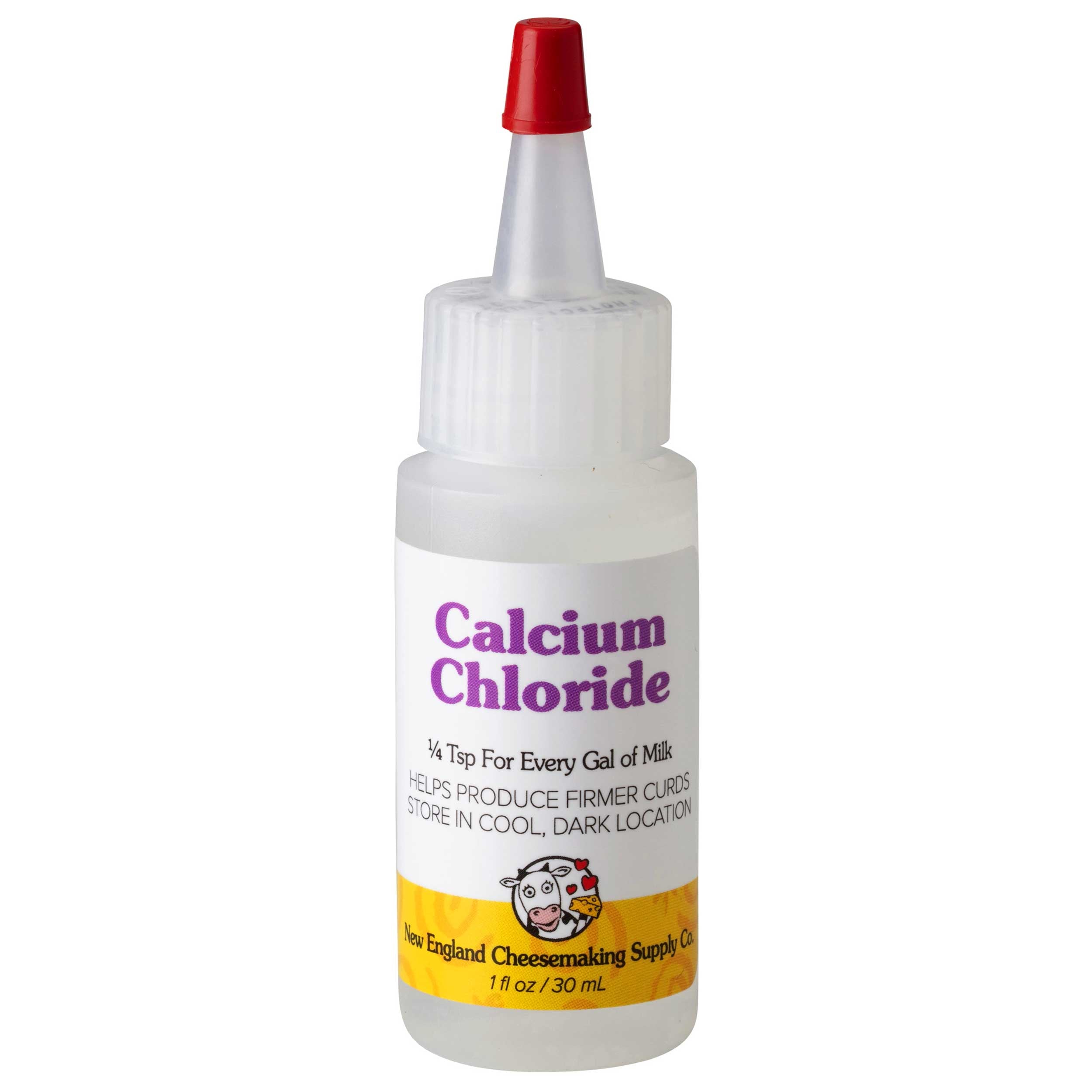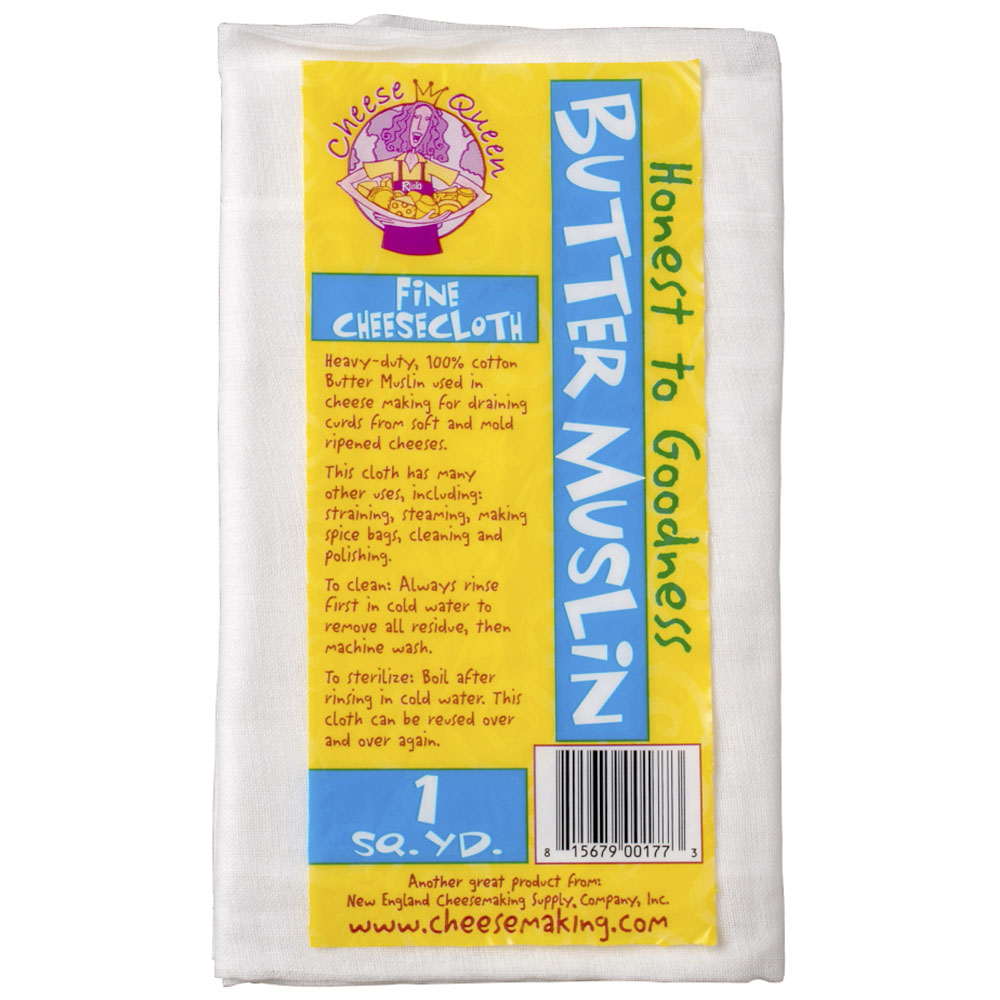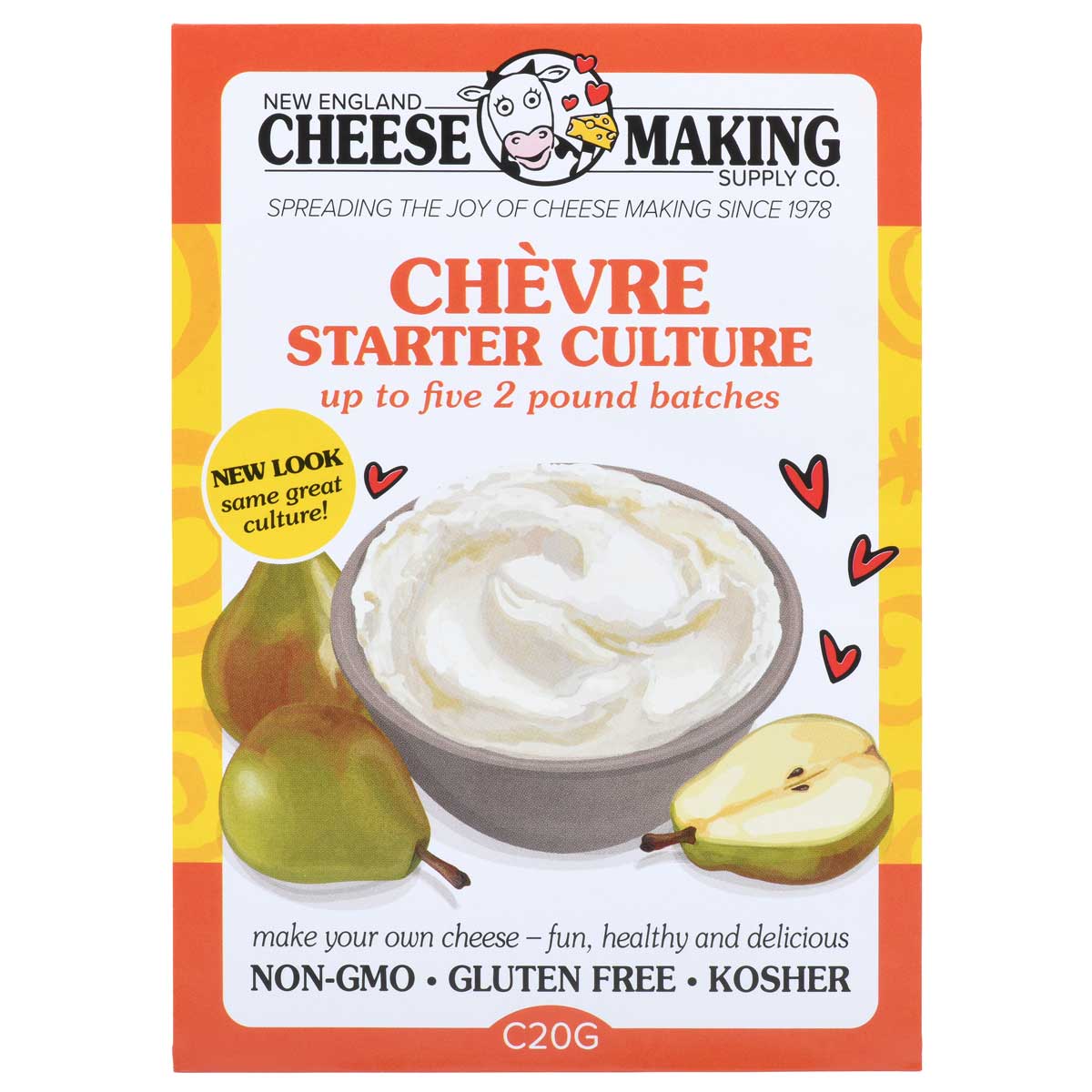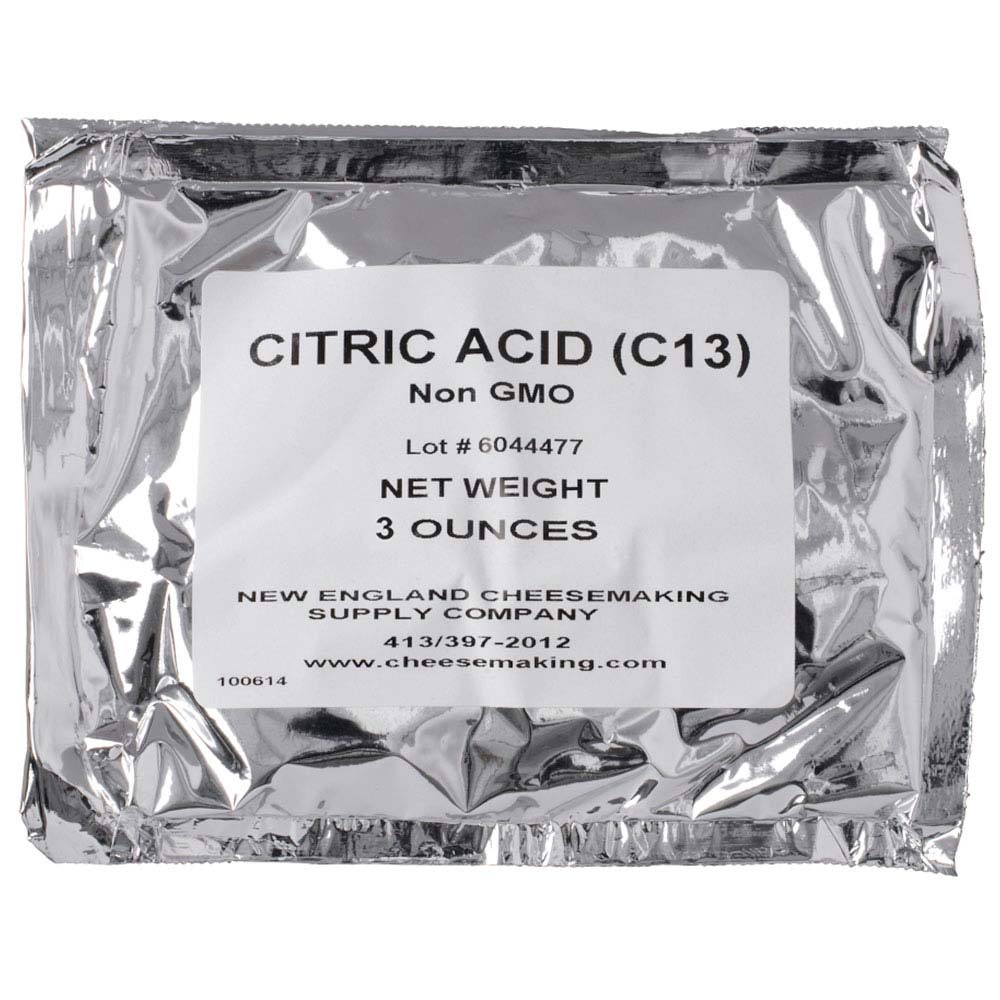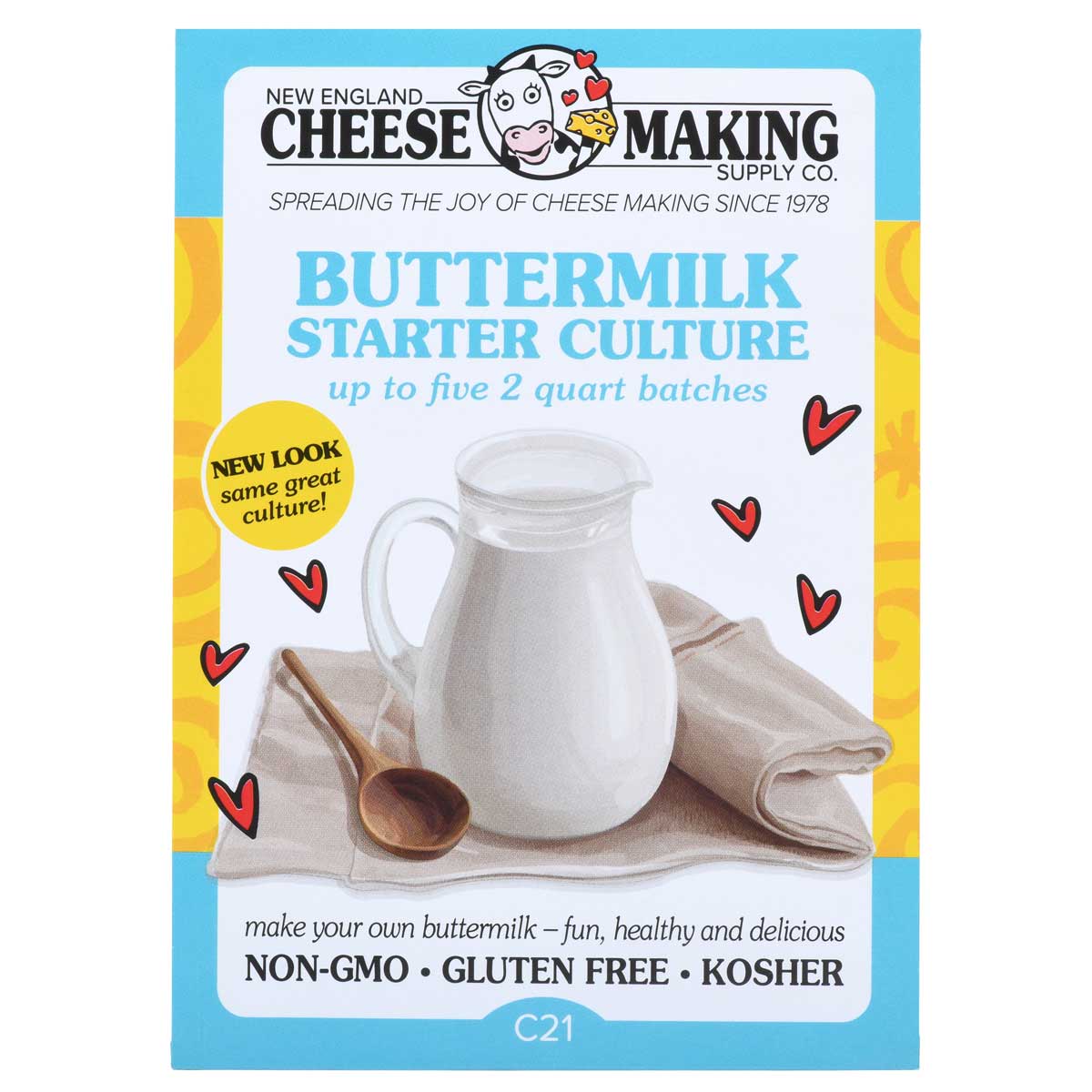Cheese Making Recipe of the Month
Asiago Cheese Making Recipe
A Roman flyer, after having admired the Altopiano from the sky landed his two-engine plane at the Asiago airport and exclaimed: "You have the most beautiful green meadows in the world, now I understand why your cheese is so good."
(Nereo Stella)
Asiago cheese is a D.O.P (protected designation of origin). It comes from the Asiago Plateau located in the Province of Vicenza between the Po River and the Southern mountain of the Valsugana valley. The area is a thousand meters above sea level and surrounded by mountains.
Asiago cheese is produced in two forms:
--- Fresh Asiago ("dolce" or "fresco"), also known as Pressato is an off-white color and is milder in flavor than the aged Asiago. It has an aroma slightly reminiscent of yogurt and butter. Its supple texture and pale color reflect its shorter aging period. The flavor is sweet, with a bright, youthful quality.
--- Mature Asiago, which is called Asiago d´Allevo. This has a more yellowish color and is somewhat grainy in texture with a more complex flavor/aroma. This is a cheese to be aged from 8 months to 2 years.
Our recipe is for the fresh Asiago Pressato, an earlier ripening cheese made from full fat milk. The cheese is destined to become a fresh table cheese with a moist, sweet, buttery flavor and will be ready in 30-40 days.
Meet a Fellow Cheese Maker
Provolone Success Story!
Submitted by Carlo Milano
Thanks for all this (blog and newsletter) - your book got me going a good thirteen years ago. I avoided "soft-ripened" cheeses, but have had recent phenomenal success with both a Camembert and a blue cheese (Stilton style), but I have yet to venture into the red mold world.
I just made my first Provolone on New Year's Day, and it came out fabulously - you make it very much like a mozzarella, but the curds are cut and 'cheddared' and when you put it in a brine, you can add a drop or two of 'liquid smoke". Instead of small spheres, you have to deal with a large mass of stretchy cheese : I was intimidated at first, but as soon as I was able to stretch a pound of curd to 12x12, I was convinced it would work out right. I'd strongly recommend not using citric acid and letting the thermophilic culture do its thing. Slow Food.
Two weeks of aging later, my wife and I are extremely pleased with my results. We were going to wait for three weeks, but it looked *so* good! (Some lipase will go into my next batch.)
Carlo's recipe on our blog
OMA'S PASKA (LATVIAN EASTER CHEESE)
Note: We received this cheese from Brent Alderman Sterste, whose Grandmother and Great Aunt used to make the cheese. (There are many different recipes for this cheese, including the one in our book, Home Cheesemaking, p. 205.)
My father's family is Latvian and we make a sweet Easter cheese called Paska -- my aunt presses hers in a sterilized flower pot with canned goods on top!
Ingredients:
- 4 lbs. farmers cheese (biezpiens), store-bought or home-made
- 1 lb. unsalted butter, room temperature
- 4 egg yolks, hard-boiled
- 4 egg yolks, raw (optional, but traditional)
- 2 1/2 C sugar
- 1-2 Tbsp pure vanilla extract
- Dried fruit, (optional) e.g. currants, pineapple, glace fruits
News From Fellow Cheese Makers
Buffalo Dairy
Lisa Kay Adam would be interested in hearing from anyone who might have more information about the strainer in the picture she sent. Contact her at:ladam@mosthistory.org
Good afternoon,
Would anyone at your company be able to help identify an item from our museum, which may be related to cheese?
I have attached an image of an item that our records say is a cheese rack. It was found in or with a 1930s stove that was donated to the museum many years ago. Its diameter is approximately 14 inches, and, in its current state, it is slightly concave.
We would like to know, first, if it is indeed something related to cheese, and second, in what way it would have been used.
Thank you for any information you might be able to give us.
We're blogging and we're loving it!
We finally have a place to tell you about Ricki's singing workshops and Jim's beer and wine making, as well as recipes we find and more. You may have already noticed that some of the articles in our new Moosletter are being continued on our blog. You will also find:
Horseradish Cheddar and Jalapeno Cheddar
Interview #1 with a New Cheesemaker
Interview #2 with a New Cheesemaker
Note: Dan Earle, our first interview on the blog, is looking for a source of good milk in Yarmouth, Nova Scotia. If you know of one, please let us know at info@cheesemaking.com so we can add it to our Good Milk list as well as help Dan make cheese.
We have just begun our blog, and we welcome any and all contributions. So, if you want to tell us about your experiences making cheese (or eating cheese) or any other cheesy thing, send it along to info@cheesemaking.com. Pictures are always welcome to help us to tell your story.
Please send your cheese making news & photos to: moosletter@cheesemaking.com

































